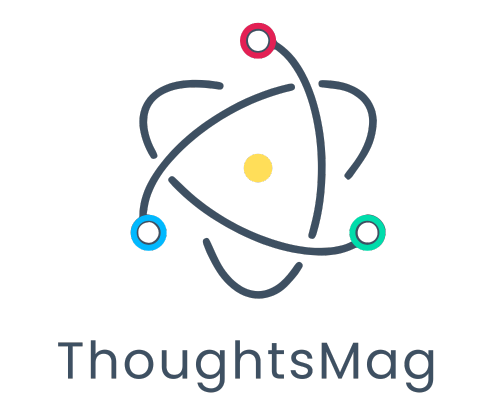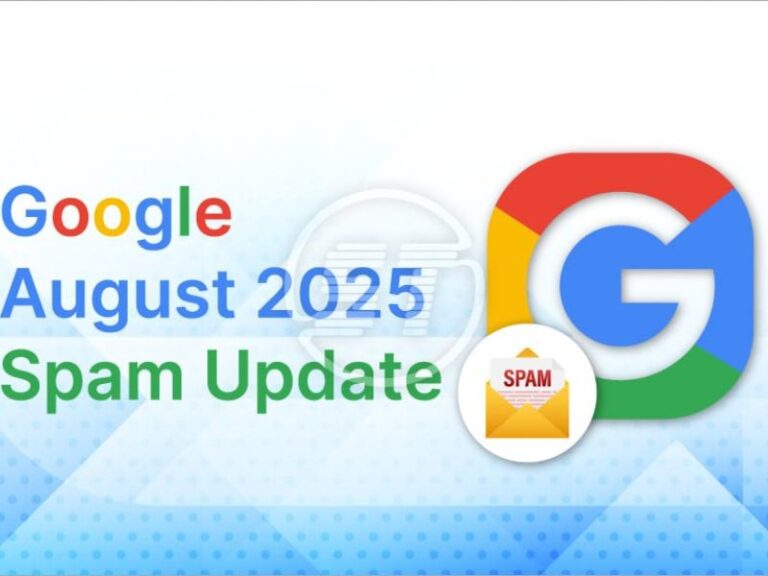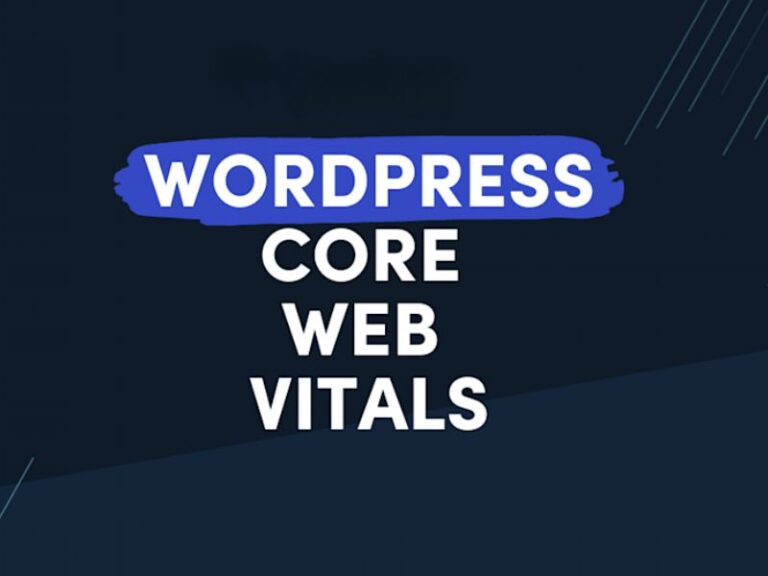Artificial Intelligence is everywhere now — from drafting emails to writing code, brainstorming marketing campaigns, and even creating poetry. But here’s something most people overlook: the quality of your results depends heavily on the quality of your AI prompts.
Think of AI prompts as instructions for a highly skilled assistant. If you say, “Do something creative,” you’ll probably get something… creative-ish. But if you say, “Write a 100-word ad script for an umbrella that never flips inside out, with humor and a catchy tagline,” you’ll get exactly what you’re after — and maybe even something better.
In this guide, we’ll explore the different types of AI prompts, explain when to use each one, and give you real examples so you can master them. At the end, you’ll also find two handy tables — one for comparing prompt types, and another showing weak vs. strong examples for each.
1. Instruction-Based Prompts
Instruction-based prompts are the most straightforward. You tell the AI exactly what to do, often including format, tone, and focus.
Examples
-
Write a 150-word product description for a stainless-steel coffee mug in a casual tone, highlighting durability, portability, and eco-friendliness.
-
Create a 500-word blog post explaining how small businesses can use Instagram Reels for marketing, including three actionable tips.
Why They Work: They are precise, leaving little room for misinterpretation.
2. Question-Based Prompts
These prompts are designed to get direct answers to questions.
Examples
-
What are the main differences between renewable and non-renewable energy sources?
-
How can a small bakery increase its sales during the holiday season?
Why They Work: They focus the AI on a single, specific topic, making it easier to get concise and relevant answers.
3. Contextual Prompts
Contextual prompts provide background information so the AI can tailor its response to your situation or audience.
Examples
-
I’m creating a YouTube video for beginners about budgeting. Suggest a 3-minute script outline with simple tips for teenagers.
-
I run an online store selling handmade jewelry. Write three email subject lines for a Valentine’s Day sale.
Why They Work: Context improves personalization and relevance.
4. Role-Based Prompts
Role-based prompts assign the AI a specific persona or expertise level.
Examples
-
You are an experienced travel blogger. Write a 300-word guide to hidden beaches in Thailand.
-
You are a stand-up comedian. Write a 2-minute comedy sketch about working from home.
Why They Work: Roles influence tone, vocabulary, and depth.
5. Chain-of-Thought Prompts
Chain-of-thought prompts break tasks into clear steps.
Examples
-
Explain how to bake a cake. First, list the ingredients. Then, explain the preparation steps. Finally, give baking tips for beginners.
-
Help me plan a wedding: first list the key milestones, then suggest a timeline, and finally recommend a budget breakdown.
Why They Work: They produce structured, logical responses.
6. Multi-Step Roleplay Prompts
These prompts combine different roles or perspectives in a single task.
Examples
-
First, act as a fitness coach and explain the benefits of resistance training. Then, act as a marketer promoting a home workout kit.
-
First, explain photosynthesis as a biology teacher. Then, re-explain it as a rapper.
Why They Work: They allow you to explore multiple angles without restarting the conversation.
7. Few-Shot Prompts
Few-shot prompts provide a few examples for the AI to imitate.
Examples
-
Example: “Your coffee, your rules ☕ #MorningVibes” and “Pour happiness into every cup ☀️ #CoffeeLover.” Now write three similar captions for a tea brand.
-
Example: “The ocean doesn’t ask permission to be vast.” Now write three quotes about self-confidence in the same style.
Why They Work: Examples teach AI your desired style.
8. Zero-Shot Prompts
Zero-shot prompts give no examples — just instructions.
Examples
-
Write a poem about a rainy day in Paris.
-
Summarize the plot of “The Great Gatsby” in 100 words.
Why They Work: They are fast and flexible when style control is less important.
9. Creative Prompts
Creative prompts encourage imaginative, unexpected, or artistic outputs.
Examples
-
Write a short story about a time traveler who visits the year 3025 and discovers a world without money.
-
Write a haiku about opening a brand-new book.
Why They Work: They tap into AI’s storytelling and artistic side.
10. Comparative Prompts
Comparative prompts help highlight differences or similarities.
Examples
-
Compare the features of the iPhone 15 and Samsung Galaxy S24 for a tech blog.
-
Compare capitalism and socialism in terms of economic equality and innovation.
Why They Work: They are ideal for decision-making or education.
11. Analytical Prompts
Analytical prompts ask AI to interpret and break down information.
Examples
-
Analyze the trends in remote work over the past five years and predict their impact on urban development.
-
Read this customer review and identify the main complaints: “The delivery was late, the packaging was damaged, and the product works fine but the service was disappointing.”
Why They Work: They are great for business insights and research.
12. Hypothetical Prompts
Hypothetical prompts ask AI to imagine a scenario and predict possible outcomes.
Examples
-
Imagine you’re launching a coffee shop in a city with high competition. How would you stand out in the first year?
-
Imagine Earth had two moons. Describe how this would change daily life.
Why They Work: They are powerful for brainstorming and creative thinking.
13. Instructional + Creative Hybrid Prompts
These prompts mix clear structure with creative freedom.
Examples
-
Write a humorous 30-second ad script for a brand-new umbrella that never flips inside out, even in strong winds.
-
Teach basic Spanish greetings in a fun poem for kids.
Why They Work: They balance clarity and originality.
📊 AI Prompt Types Comparison Table
| Prompt Type | Purpose | When to Use | Example |
|---|---|---|---|
| Instruction-Based | Gives clear, specific instructions | When you know exactly what you need | Write a 150-word product description for a stainless-steel coffee mug in a casual tone. |
| Question-Based | Gets direct answers | For research or learning | What are the main differences between renewable and non-renewable energy sources? |
| Contextual | Adds background for tailored responses | When audience or situation matters | I run a handmade jewelry shop. Write 3 Valentine’s Day email subject lines. |
| Role-Based | Assigns AI a persona | To match tone or expertise | You are a travel blogger. Write a guide to hidden beaches in Thailand. |
| Chain-of-Thought | Breaks down tasks step-by-step | For processes or instructions | Explain how to start a podcast: equipment → recording → promotion. |
| Multi-Step Roleplay | Combines different perspectives | For layered content | Act as a coach, then as a marketer promoting workout gear. |
| Few-Shot | Gives examples for style imitation | When tone or format matters | Example captions for coffee → captions for tea. |
| Zero-Shot | No examples | Quick, general tasks | Write a poem about a rainy day in Paris. |
| Creative | Produces imaginative content | For stories, poems, ideas | Write a haiku about opening a brand-new book. |
| Comparative | Analyzes differences or similarities | For education or decisions | Compare iPhone 15 vs. Galaxy S24. |
| Analytical | Breaks down and interprets data | For business or analysis | Analyze 5 years of remote work trends. |
| Hypothetical | Imagines scenarios and outcomes | For creativity or strategy | Imagine Earth had two moons. |
| Instructional + Creative | Structured but imaginative | For engaging content | Write a humorous ad for an unbreakable umbrella. |
🆚 Weak vs. Strong AI Prompt Examples Table
| Prompt Type | Weak Prompt | Strong Prompt |
|---|---|---|
| Instruction-Based | Write about coffee mugs. | Write a 150-word product description for a stainless-steel coffee mug in a casual tone, highlighting durability, portability, and eco-friendliness. |
| Question-Based | Tell me about renewable energy. | What are the main differences between renewable and non-renewable energy sources, with two examples for each? |
| Contextual | Write subject lines. | I run a handmade jewelry shop. Write three Valentine’s Day email subject lines that highlight limited-time offers. |
| Role-Based | Write a travel article. | You are an experienced travel blogger. Write a 300-word guide to hidden beaches in Thailand, including local tips. |
| Chain-of-Thought | Explain how to start a podcast. | Explain how to start a podcast: list essential equipment, then outline the recording process, then give promotion tips. |
| Multi-Step Roleplay | Tell me about fitness. | Act as a fitness coach explaining resistance training benefits. Then act as a marketer promoting a home workout kit. |
| Few-Shot | Write captions for tea. | Example: “Your coffee, your rules ☕ #MorningVibes.” Now write three similar captions for a tea brand. |
Zero-Shot |
Write a poem. | Write a short poem about a rainy day in Paris, capturing mood and sensory details. |
| Creative | Write a story. | Write a 500-word short story about a time traveler visiting the year 3025 and discovering a world without money. |
| Comparative | Compare phones. | Compare the iPhone 15 and Samsung Galaxy S24 in terms of camera quality, battery life, and price for a tech blog. |
| Analytical | Tell me about remote work. | Analyze remote work trends from the last five years and predict their impact on urban development in the next decade. |
| Hypothetical | What if Earth changed? | Imagine Earth had two moons — describe how this would change tides, culture, and daily life. |
| Instructional + Creative | Write an ad. | Write a humorous 30-second ad script for a brand-new umbrella that never flips inside out, even in strong winds. |
Final Key Takeaways
-
Choose the right prompt type for your goal — factual, creative, comparative, or analytical.
-
Be specific — even creative prompts benefit from structure.
-
Use roles, context, and examples — they help AI match tone, style, and audience.
-
Avoid vagueness — strong prompts guide AI like a GPS.
-
Iterate and refine — prompt writing is a skill you get better at over time.
These types of AI prompts, and you’ll turn AI into a powerful creative partner — one that delivers results tailored exactly to your vision.






